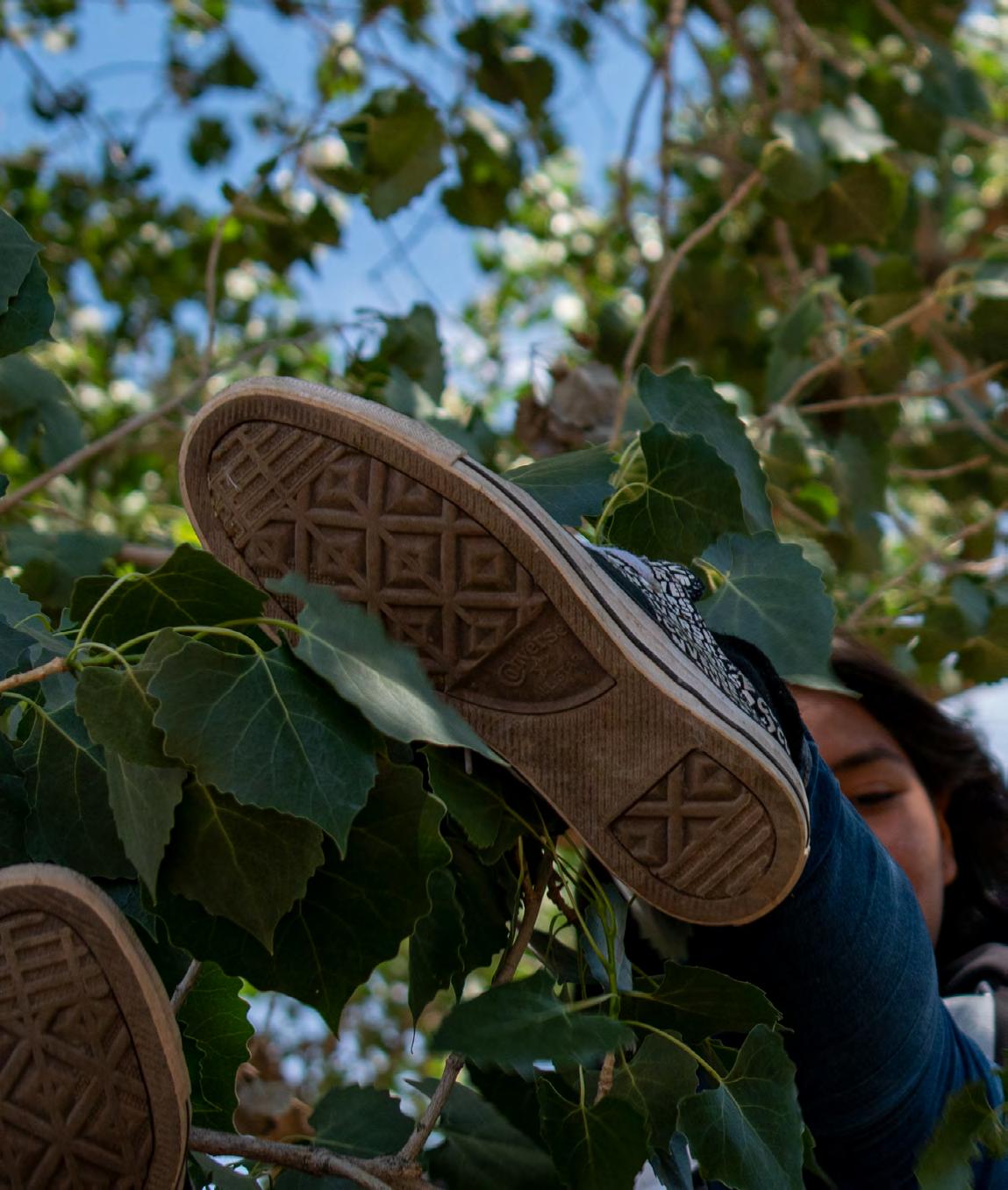
9 minute read
CHAPTER ONE: A changing environment
from Land Changes
by CROPS
A changing environment
We used to have a lot of water that came from the mountain. Our snow was deep.
~ Emily Whiteman ~

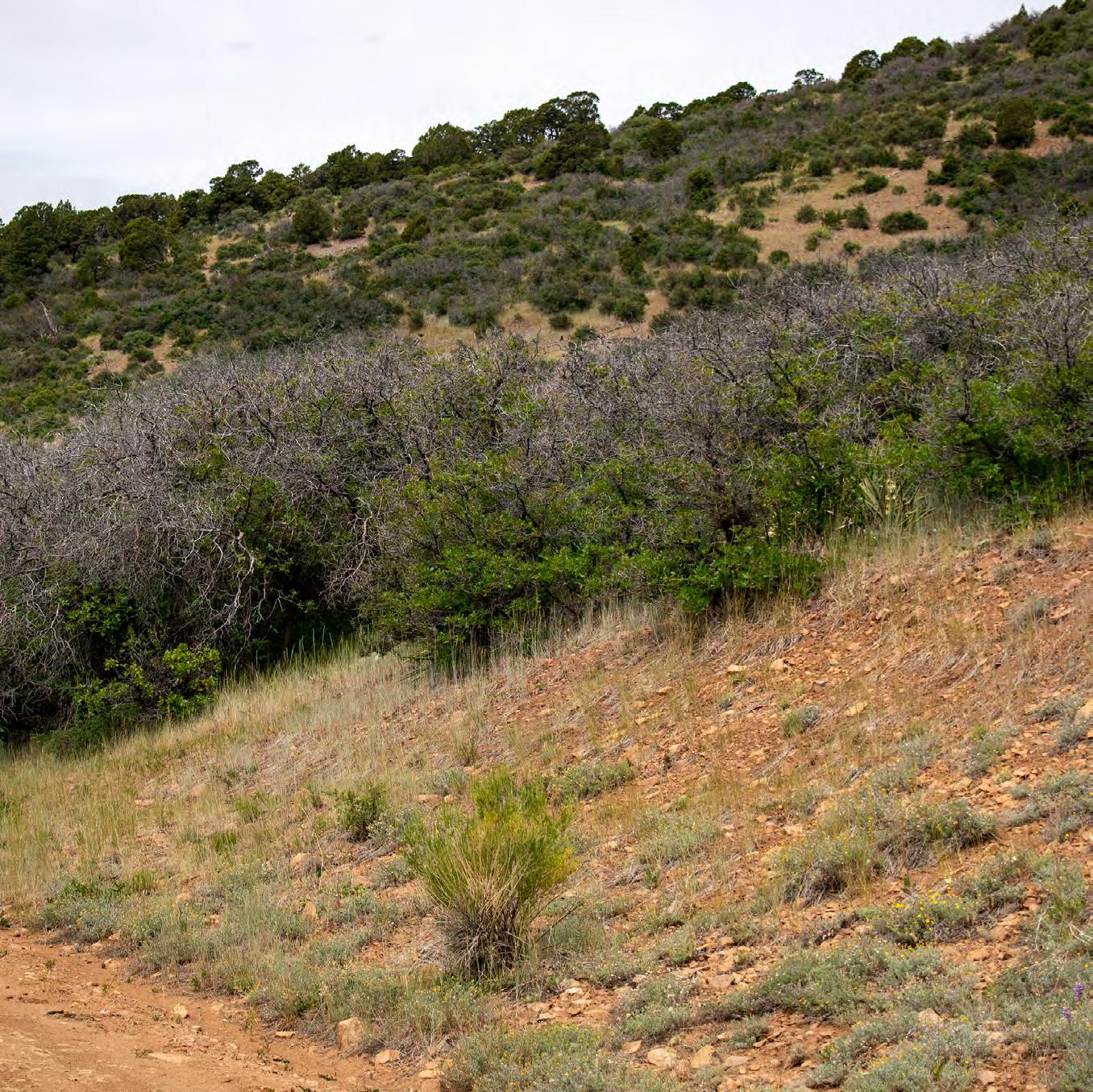
When it used to snow in winter, it would get really deep. Now, it doesn’t. Then, we had all the water we needed. After winters with heavy snowfalls, the water would last till June or July. The water would be coming down to where we have our Sundance. That was good. We could drink that water. That would help us. But now we get little snow, and the land is dry. We all just get a little bit of water, and it is not enough.

~ Emily Whiteman ~
Water brings life, sustenance, and is a tool of blessing and prayer.
water plays a central role in the cultural practices of the tribe and
its relationship to the natural world. each year in the spring the
tribe hosts the bear dance in towaoc, and in the white mesa community during the summer. the bear dance is a social gathering and a personal
endurance milestone of individuals of the tribe. over the course of
several days, a significant amount of water is used to wet the grounds for the ceremonial dance and to refresh the people in attendance.
source: tentribespartnership.org/wp-content/uploads/2020/01/ch.-5.3umut-current-future-water-use-12-13-2018.pdf
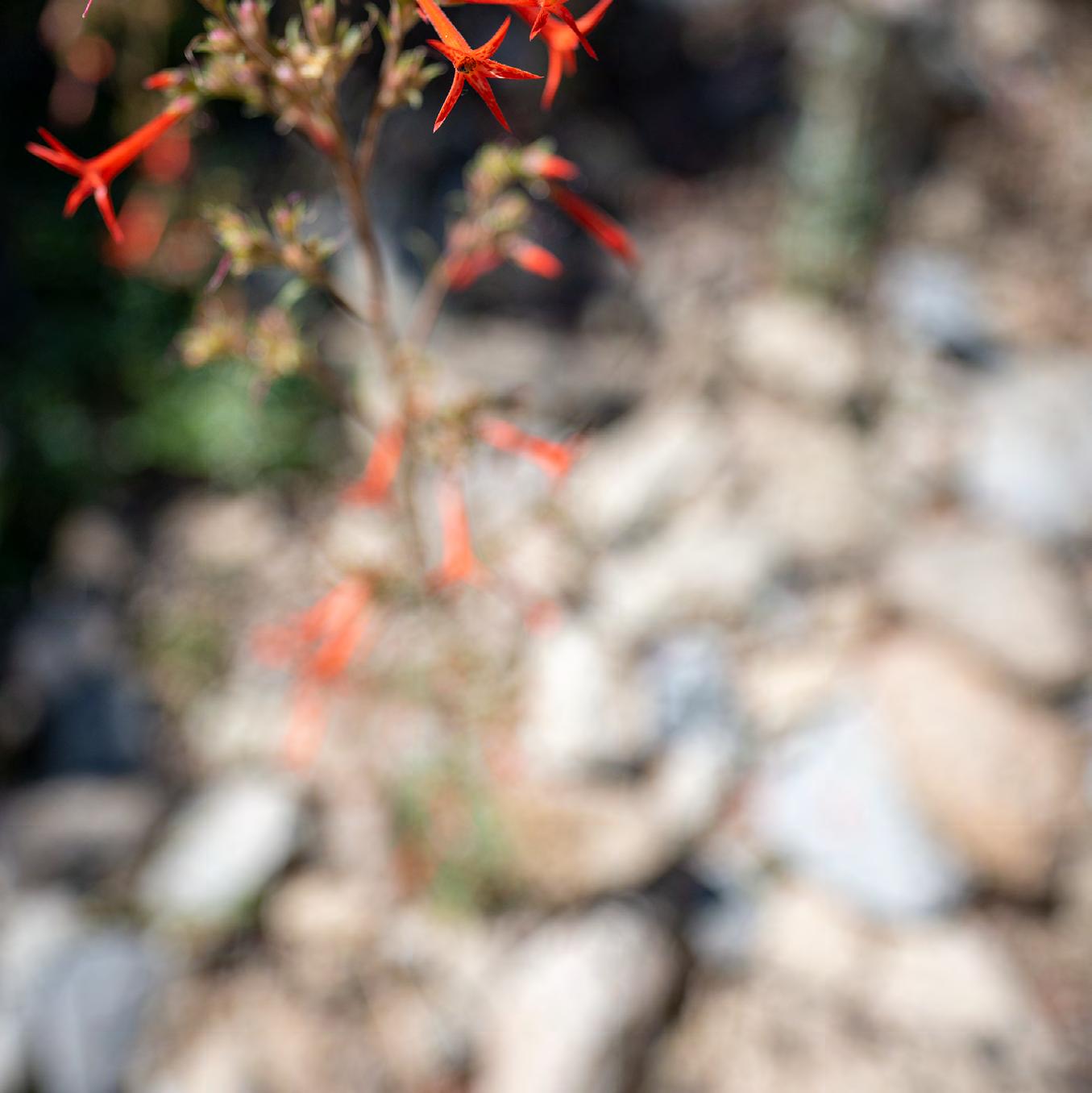
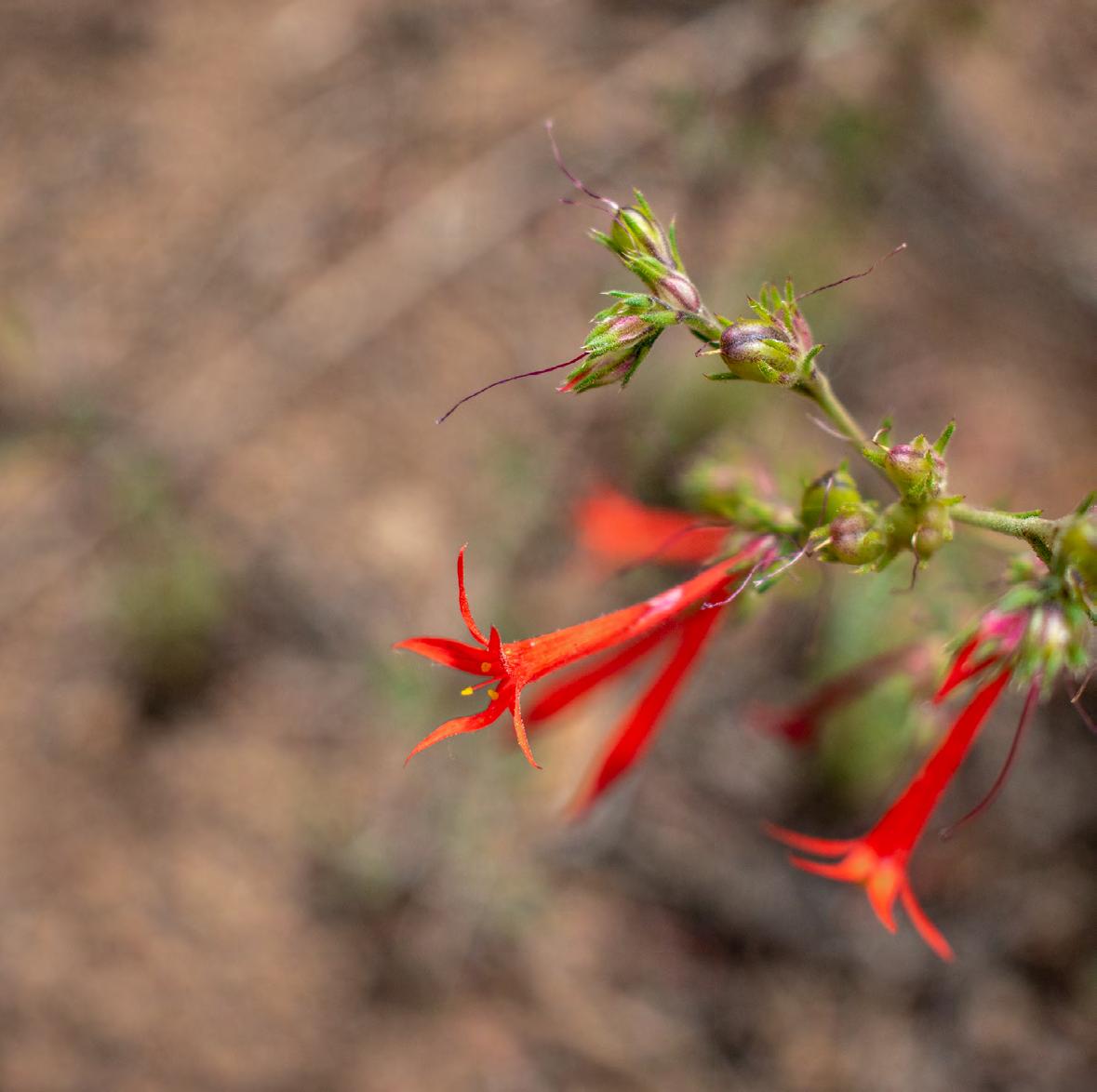

Before, when the tribal members moved for Sundance, there used to be water coming out of the spring. Now it’s all dry up there. Seems like it is dry everywhere. Just a little part of the Ute has water. Sundance is about the same. Things are changing here, with Sundance.
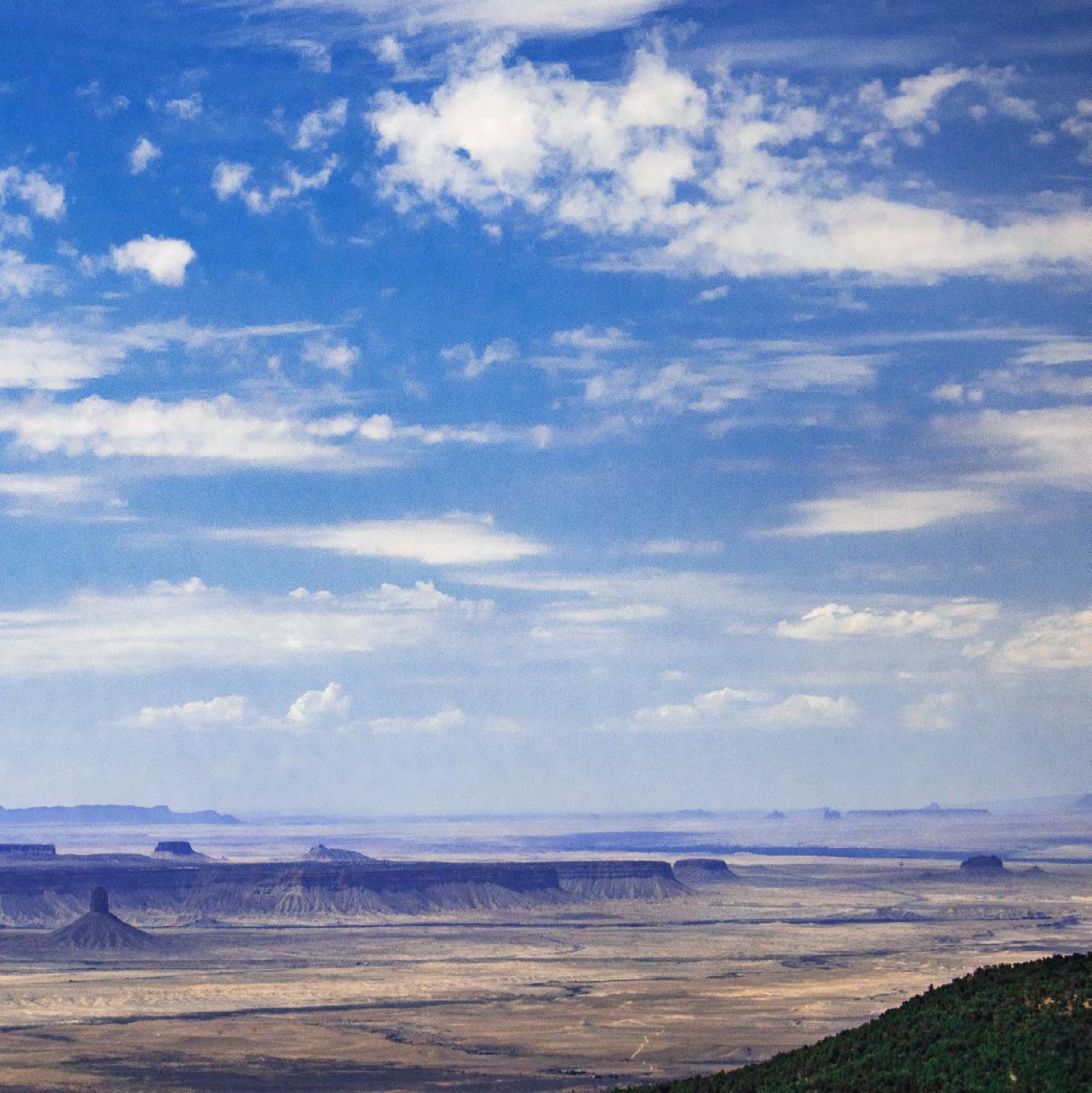
~ Loma Root House ~
Botanical snapshot
Date
july, 2022
Identification
picture this (available on the apple app store)

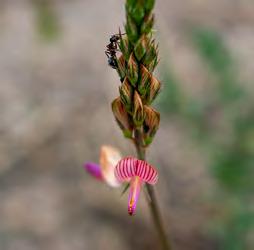

Russian Knapweed
Rhaponticum repens native to eurasia, this plant has been introduced to north america, where it is classified as invasive and often found in pastures and waste lands.
Western Pasqueflower
Pulsatilla occidentalis all parts of this wildflower, native to the western mountain regions of north america, are toxic to humans. Sainfoin Holy clover
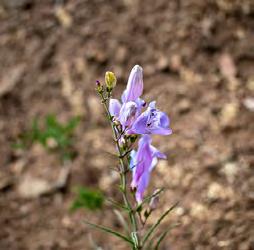
Onobrychis viciifolia native to the mediterranean regions of the middle east and europe, it was introduced to north america as livestock forage.
Bunchleaf Penstemon
Penstemon heterophyllus endemic to california, this flowering perennial is often used in habitat gardens where it provides nectar for butterflies and hummingbirds. Common Mullein
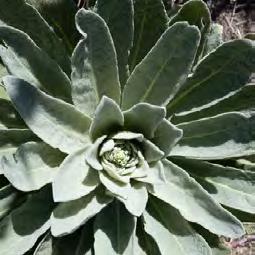
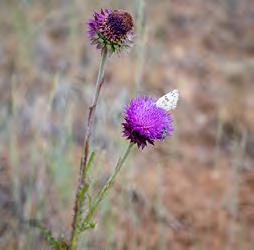
Verbascum thapsus common mullein has been cultivated by people since colonial times. The flowers are occasionally brewed into a tea. as cattle and sheep avoid grazing it, the plant can become dominant over time.
Nodding Thistle
Carduus nutans originally from europe and asia, this plant is considered invasive in north america. its high concentration of nitrates may poison sheep and cattle. Yellow salsify
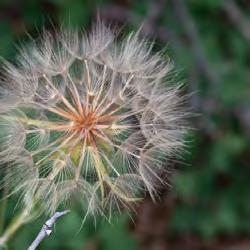

Tragopogon dubius invasive in some areas, yellow salsify can replace other vegetation and decrease forage for livestock. the seed heads resemble large dandelion heads.
Scarlet Gilia
Ipomopsis aggregata some native american tribes boiled this native (to western north america) perennial plant for kidney health.
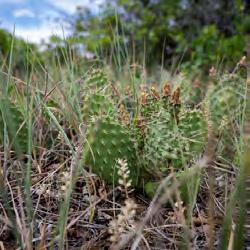

Plains Pricklypear
Opuntia polyacantha this native plant is a fruit-bearing cactus that grows in sagebrush, savannas and prairies. the fruit is high in fiber, antioxidants and carotenoids.
Tamarisk
Tamarix ramosissima classified as an aggressive invasive species, it was originally imported the 1870s as an ornamental, and to control erosion along the rio grande and colorado rivers. its taproot can grow to 30 feet depth. Common Yarrow
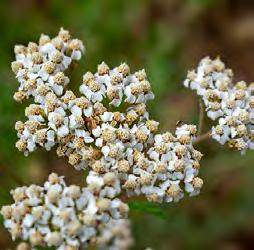

Achillea millefolium the crushed plant was applied to wounds and burns. The dried leaves were used as a tea to soothe colds, fever, and headache.
Hairy False Goldenaster
Heterotheca villosa this native perennial is tough, drought- and pest resistant, and often used in desert and rock gardens. Rocky Mountain Penstemon

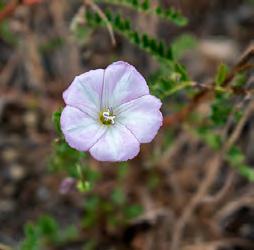

Penstemon strictus used by wildlife and is rated as fair forage for cattle and fair to good forage for sheep.
Wyoming Indian Paintbrush
Castilleja linariifolia This plant grows 3 feet tall and prefers rocky slopes and arid plains. it blooms from summer to fall. Field Bindweed

Convolvulus arvensis native to the mediterranean region. it has been used as a laxative, and gynecological aid to stop bleeding, to stimulate bile flow, and as a medicine for spider bites.
Banana Yucca
Yucca baccata native to the southwestern united states and mexico, banana yucca has edible fruit that ripens in late summer.

due to the lack of surface water and the dry climate of the reservation, the tribe relies solely on groundwater as the source of water for
stock. cattle ranching is an important enterprise to the tribal members.
before the utes were forced to move onto their federally designated reservations, they were nomadic hunter/gatherers. this stationary lifestyle forced the ute people to turn to farming and raising cattle. today, the tribe and individual members own more than 1,900 head of cattle.
source: www.energy.gov/indianenergy/ute-mountain-tribe-1994-project

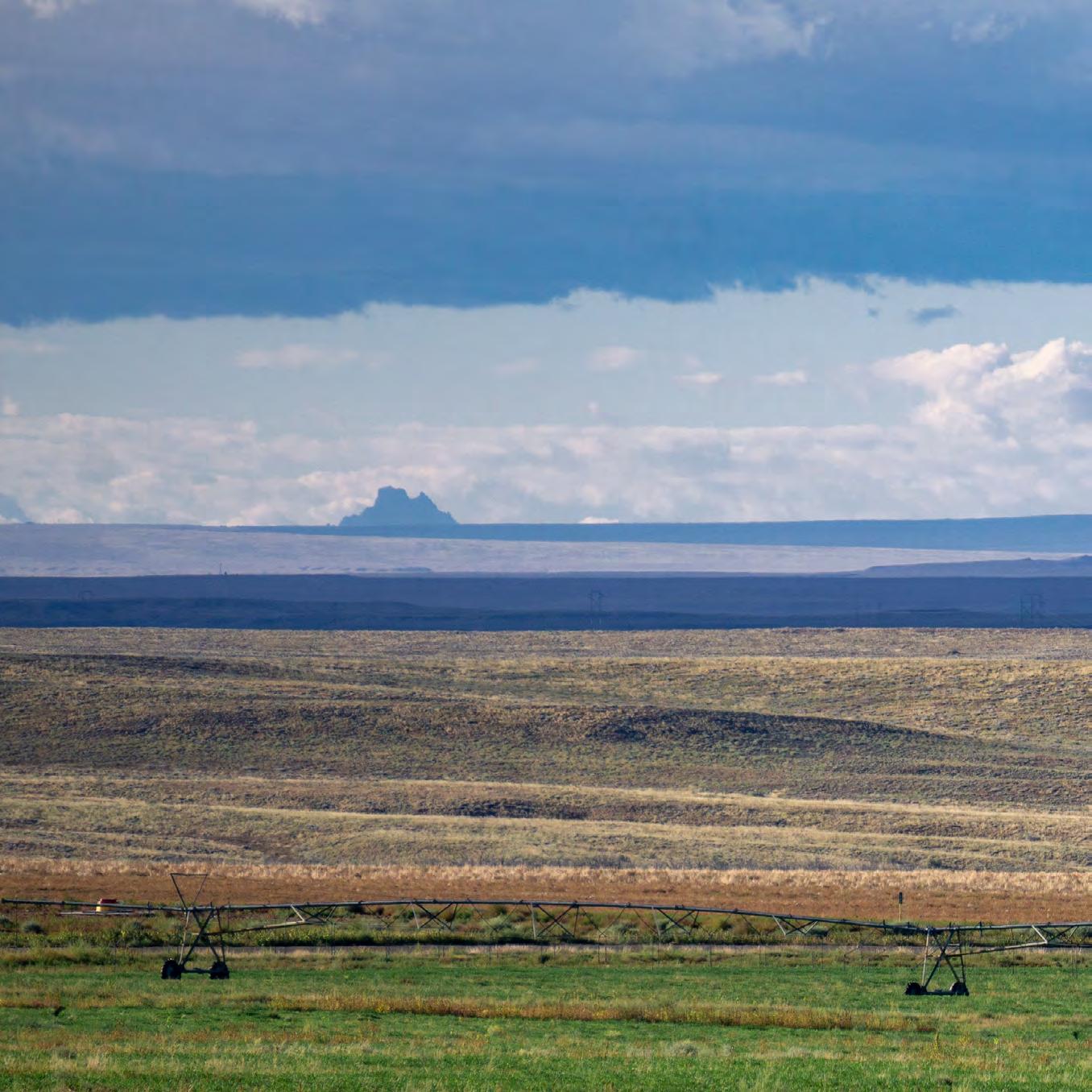

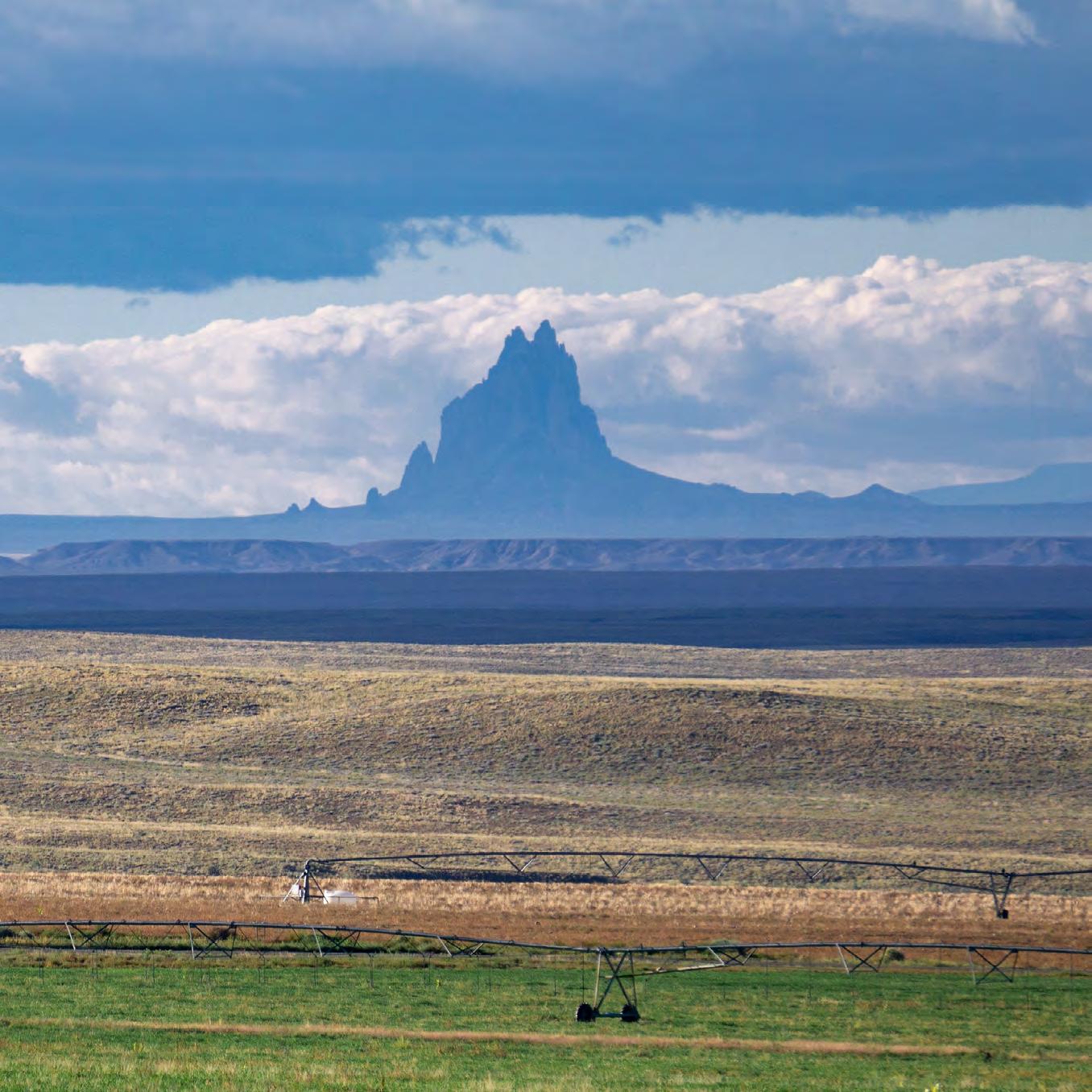
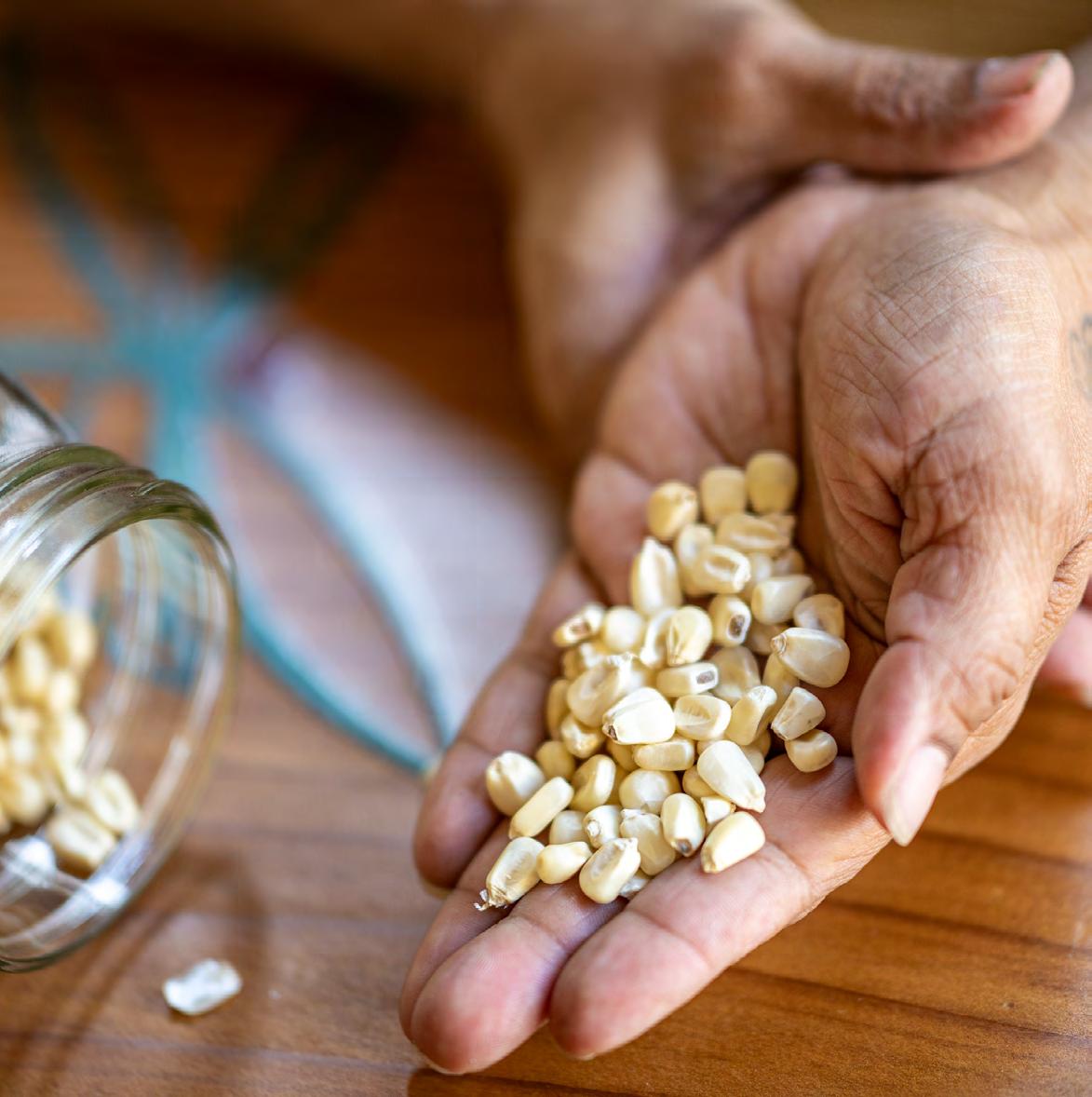
It is the Tribe’s desire to create minimal disturbance to Mother Earth.

it is anticipated that the environmental consequences of the conversion from wind turbines to photovoltaic solar wells to irrigate land and
cattle will be positive. this is in keeping with the ute mountain ute indian tribe’s belief and desire to create minimal disturbance to mother
earth by human activities.
source: www.energy.gov/indianenergy/ute-mountain-tribe-1994-project
Now the little lake is all dry.
That is where we lived, over there. There was water there. There was a small lake, and the springs came into the lake. Now the little lake is all dry. But the spring’s there. Still the water is coming out.
~ Loma Root House ~

At that time, there were no bears or large predators like that on the mountain – just our sheep and horses. I don’t know where the bears came from, but there are bears there now. Because of them, it’s kind of scary to even go up for a cook-out. There have been problems with bears at Sundance too. Some of the bears have been hitting the camps.

~ Loma Root House ~
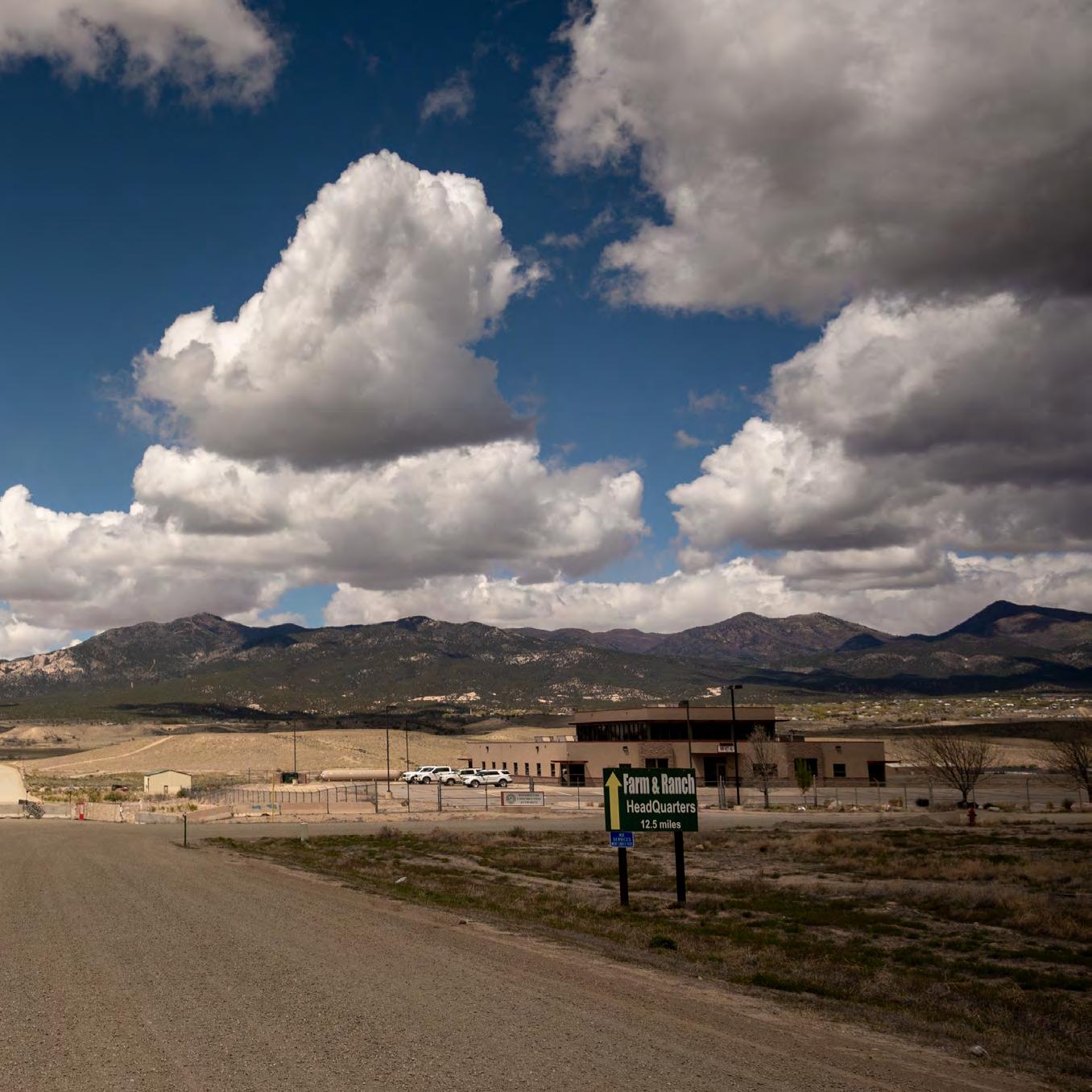

Water has an important role in the Sundance ceremony.
Participants of the Sundance fast for several days. At the conclusion
of the ceremony, water from mountain springs is used to rejuvenate and purify the participants. Because water is held in reverence and is
critical to these traditional ceremonies, water quality is also highly important to the cultural practices of the Tribe. Therefore, it is necessary for the water to be of pristine quality in order for healing and sustenance to occur and to provide the participants with the
necessary mindset in practicing their traditions.
source: tentribespartnership.org/wp-content/uploads/2020/01/Ch.-5.3UMUT-Current-Future-Water-Use-12-13-2018.pdf
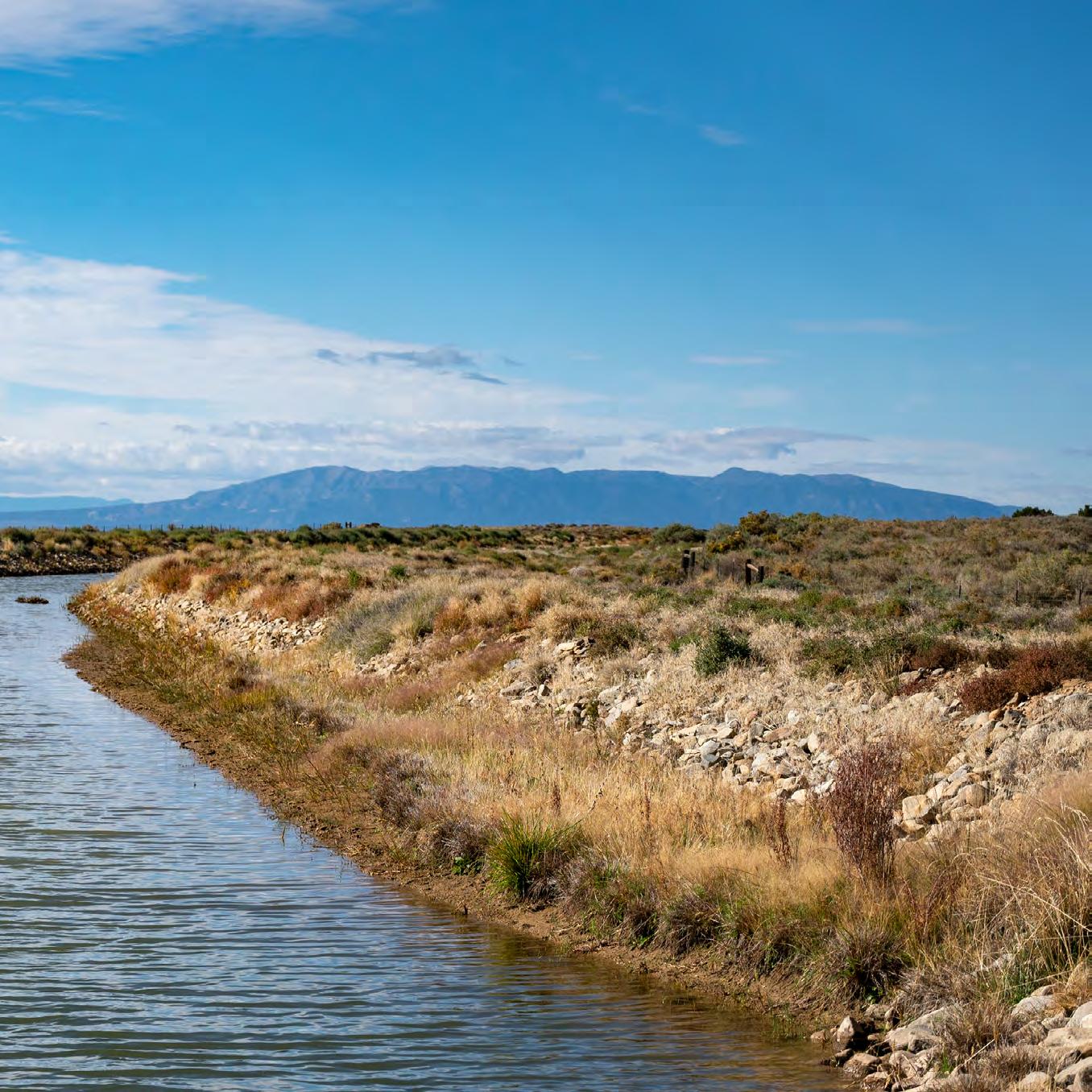
A long time ago, the weather used to be really good. What we don’t see now is the snow. It used to be really high and very deep. It was good to be outside playing in the snow. Snowball fights. I used to melt the snow for drinking water and to cook with my mom.
~ Jane Lehi ~
Snowball fights.

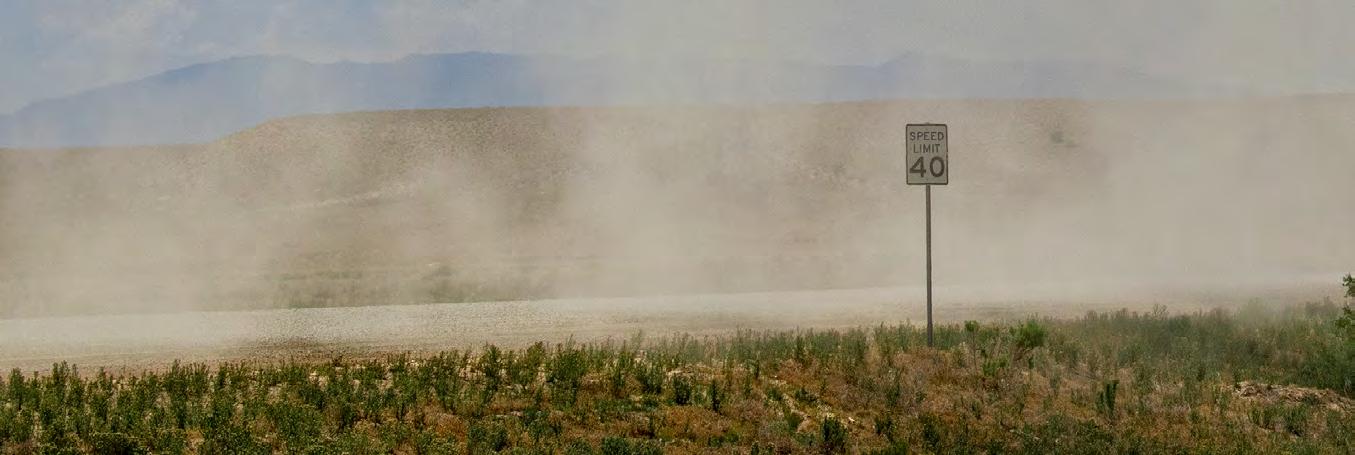


Low snow pack and soaring temperatures made 2020 the third-driest year on record in Colorado.

source: www.watereducationcolorado.org/fresh-water-news/ute-
mountain-ute-tribe-faces-another-devastating-drought-year-butrecent-rain-wheat-prices-bring-hope/

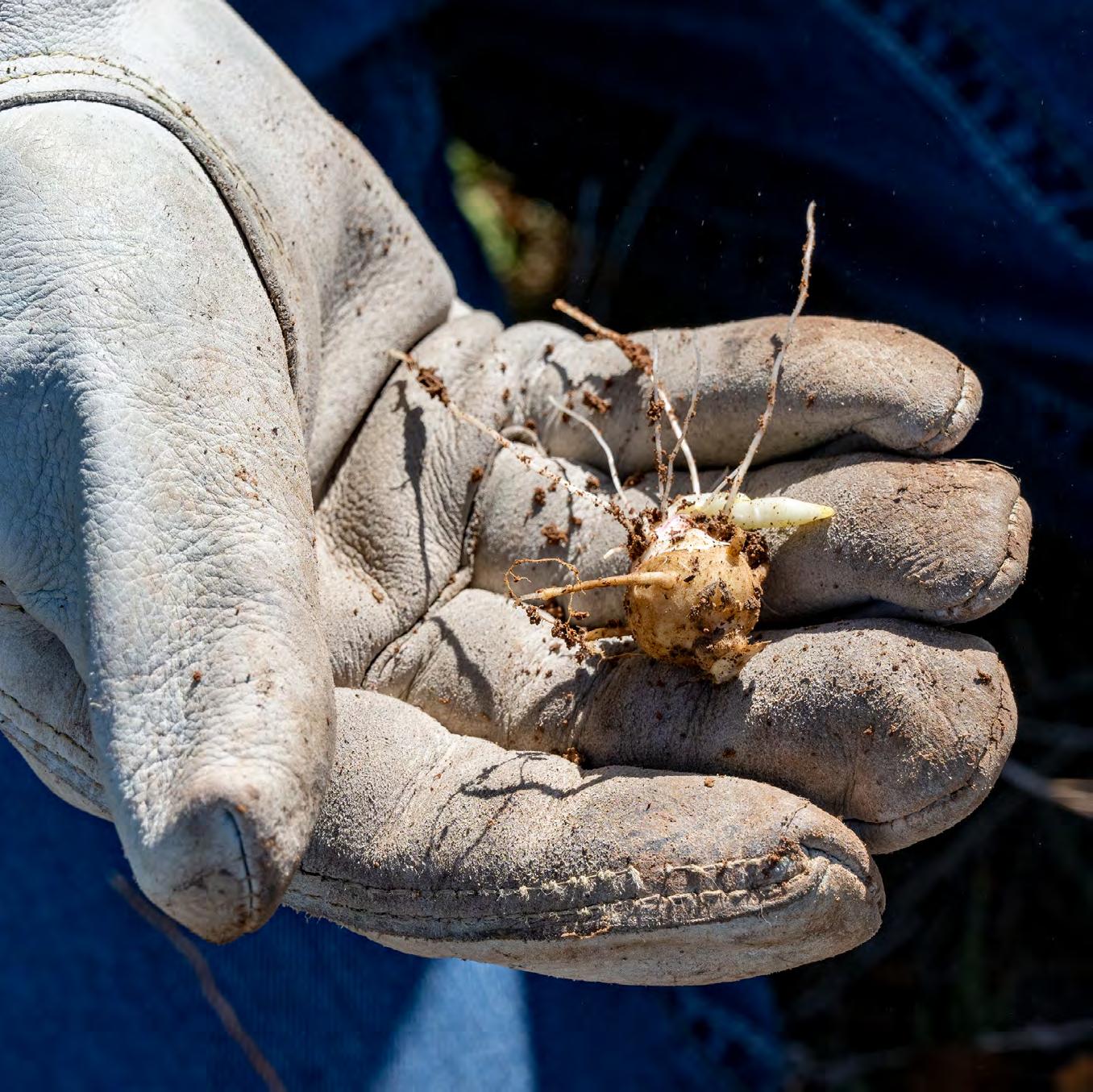
Back then the land would be nice and green.
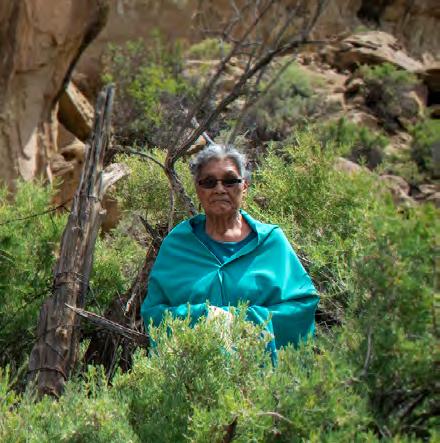
We used to go up the mountain to pick chokecherries and other berries. When the wild onions came out in February and March, we would gather them too. Nice and green. When it used to rain. But this past February when we went out and picked some, the onions were small. They were really small.
– Emily Whiteman
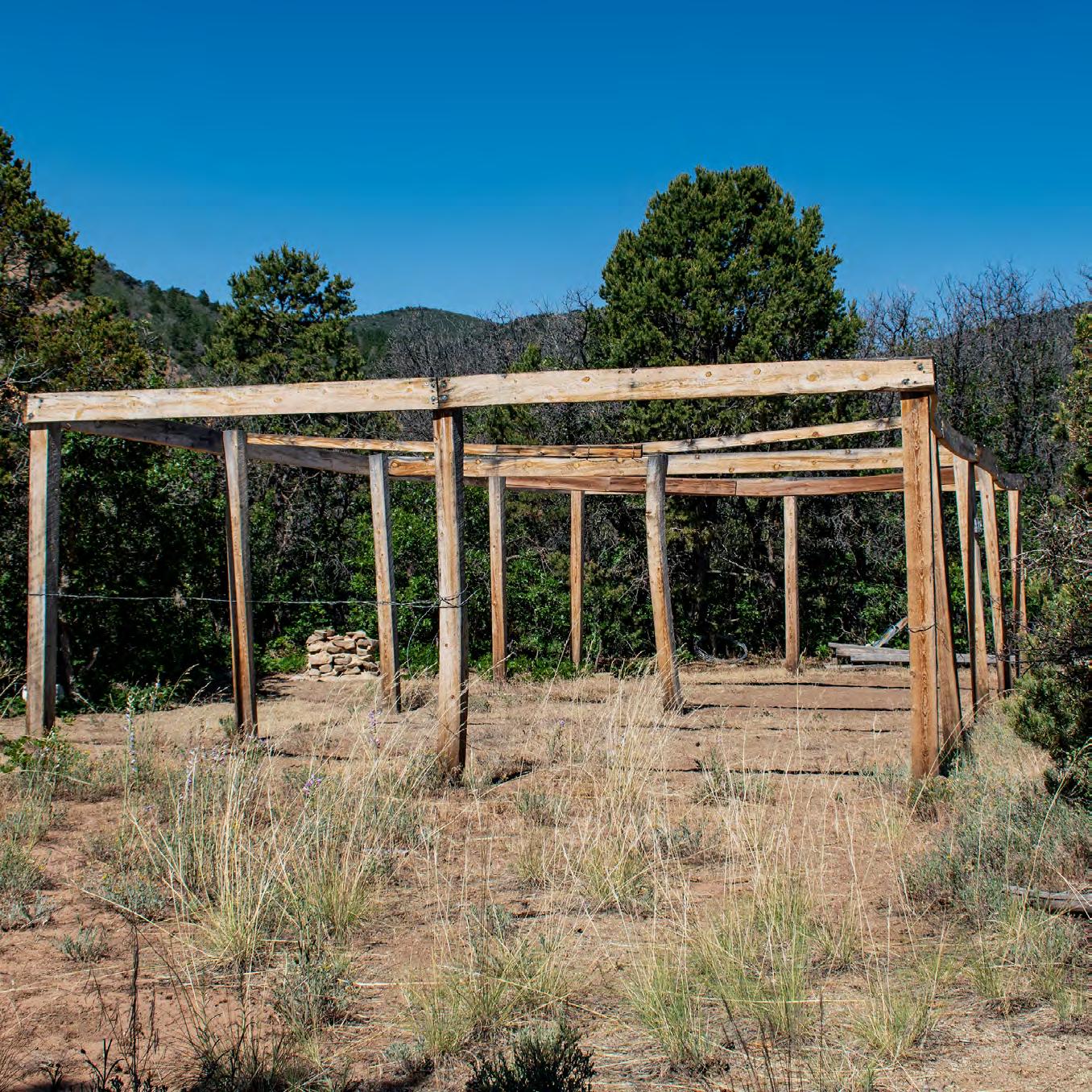
None of us cook outside now. We can’t cook because of fire regulations. They told us not to cook outside, because it is dry. It wasn’t like that back then, when it used to really snow. We had all that water and we knew it wasn’t dry.

~ Emily Whiteman ~

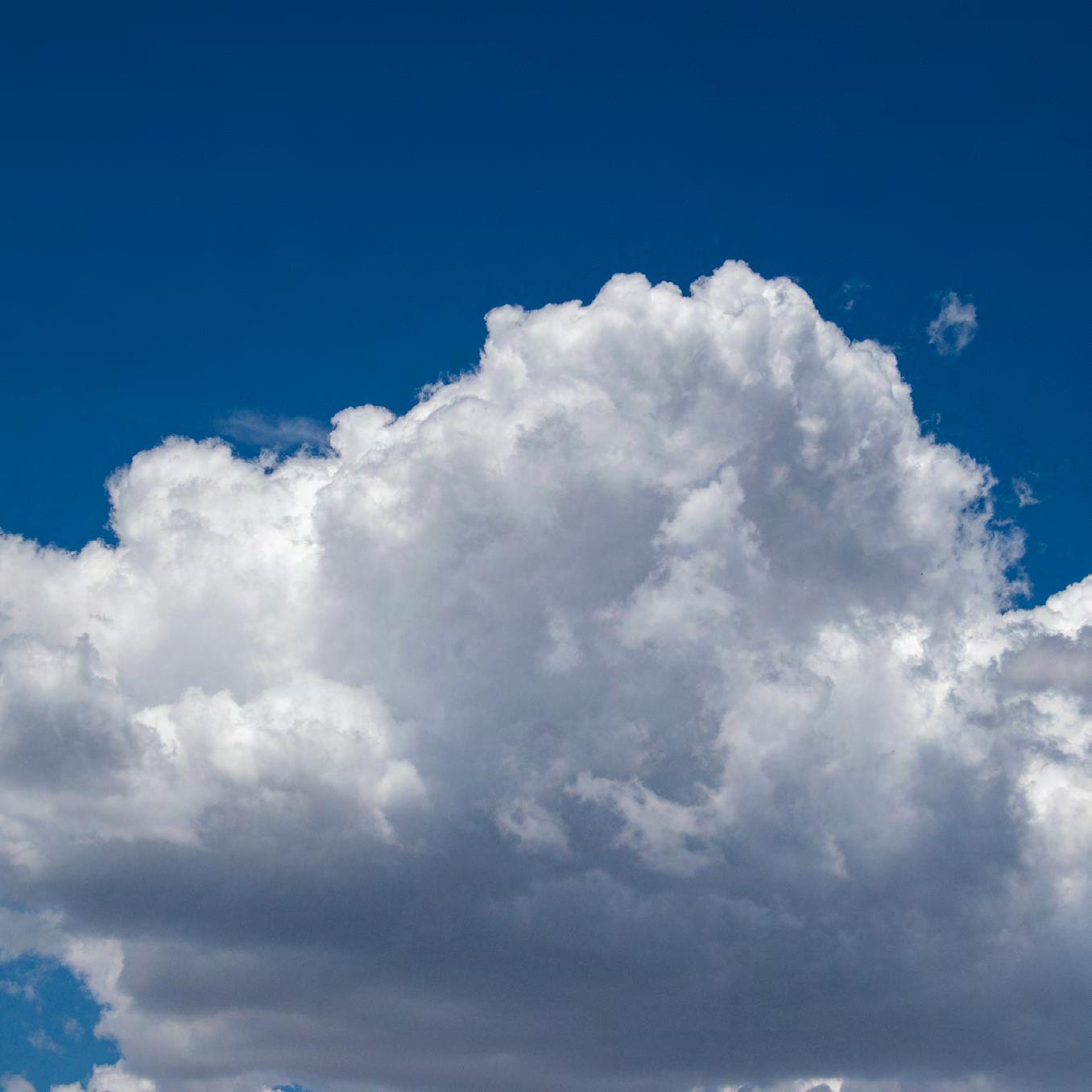
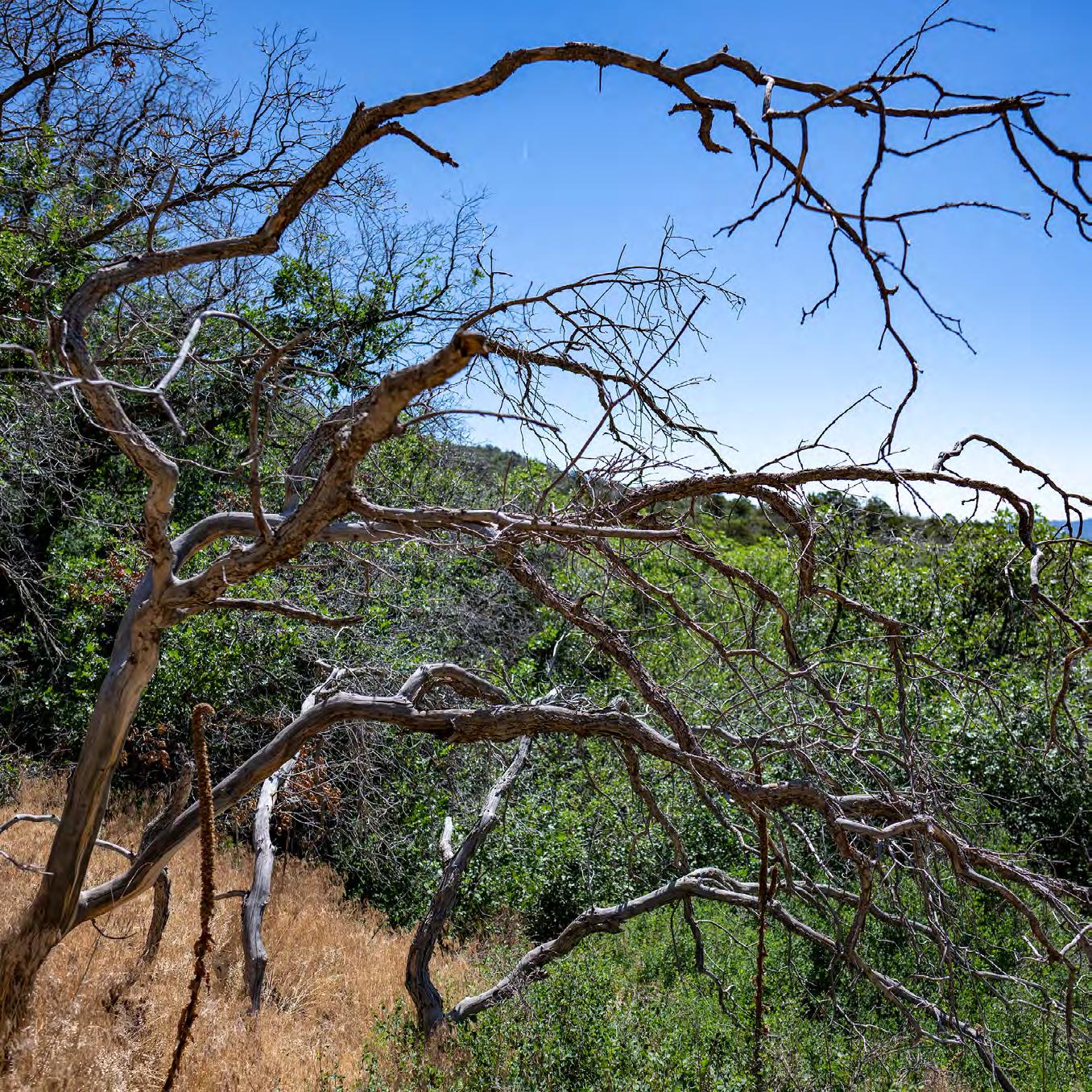
2
